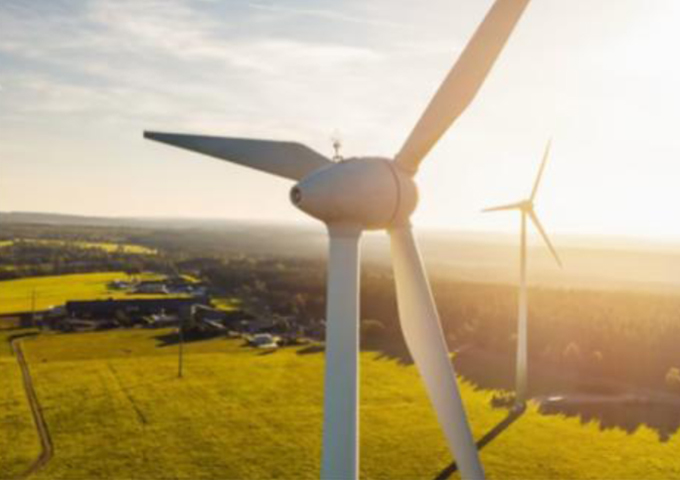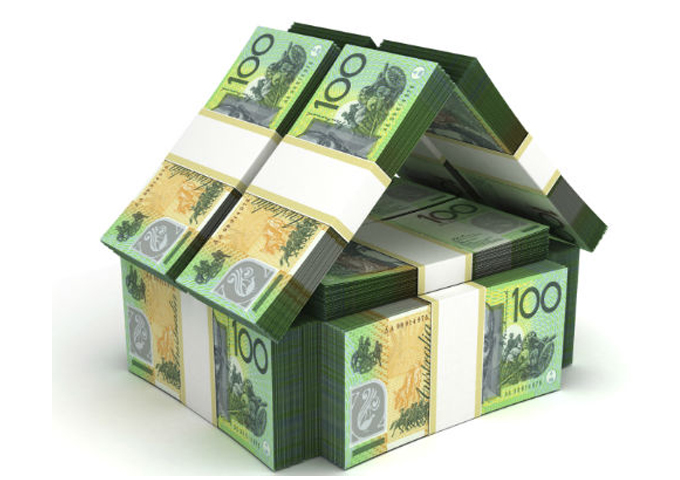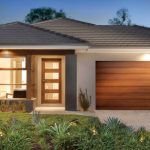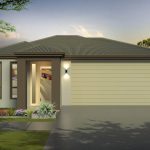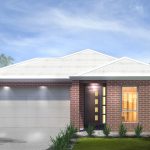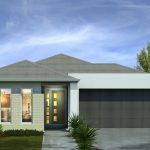Australia’s Affordable Regional Areas with Growth Prospects: Report
Regional investments in residential, commercial and infrastructure projects over the past 24 months have created alternative options for buyers looking to secure affordable residential opportunities.
Despite the nation’s slowing residential sector, affordability continues to be an issue for many buyers, PRDnationwide says.
Its latest report highlights regional areas across Queensland, Victoria, New South Wales and Tasmania with an affordable median price combined with strong local indicators for investment, project development, and local job growth.
| New South Wales | House median price (2018) | Unit median price (2018) | Total estimated value of developments in 2019 |
|---|---|---|---|
| City of Maitland | $465,000 | $350,000 | $717,508,000 |
| Yass Valley Council | $545,000 | $319,000 | $527,322,000 |
| Port Macquarie-Hastings Council | $554,000 | $382,500 | $422,645,000 |
| Dubbo Regional Council | $345,000 | $278,000 | $150,870,000 |
The Maitland council area is located 130 kilometres north of Sydney and west of Newcastle.
Median price changes over the past 10 years, spanning 2009-2018, show annual price growth of 4.5 per cent for houses, 3.5 per cent for land, and 3.4 per cent for units.
The total estimated value of future developments this year is worth $718 million, including projects such as the new $460 million Maitland Hospital.
A further $191.6 million will be spent on commercial projects, while mixed-use and residential projects total $40.3 million.
The Port Macquarie-Hastings council region recorded an 8 per cent population growth in the five years to 2016, and is home to 78,539 residents.
| Victoria and Tasmania | House median price (2018) | Unit median price (2018) | Total estimated value of developments in 2019 |
|---|---|---|---|
| City of Ballarat | $365,682 | $250,000 | $806,160,000 |
| Mitchell Shire Council | $465,000 | $320,000 | $353,515,000 |
| City of Warrnambool | $350,000 | $250,000 | $224,400,000 |
| City of Wodonga | $355,000 | $216,250 | $150,821,000 |
| Northern Midlands Council: Tasmania | $298,000 | $258,500 | $90,460,000 |
City of Ballarat, 100 kilometres west of Melbourne, was home to an estimated population of 101,686 in 2016, representing 8.8 per cent population growth since 2011.
Project development includes $806.2 million scheduled to be invested this year, also inclusive of the $462 million Ballarat Base Hospital redevelopment. While $512.3 million of this figure is focused on commercial projects.
Investors in the Ballarat local government area saw a low vacancy rate of just 0.9 per cent in December 2018, well below Melbourne’s rate of 2.2 per cent.
The region also outperformed Melbourne in average rental yields for both houses and units at 3.8 per cent for housing and 4.7 per cent for units.
| Queensland | House median price (2018) | Unit median price (2018) | Total estimated value of developments in 2019 |
|---|---|---|---|
| Mackay Regional Council | $346,750 | $225,000 | $1,088,336,000 |
| Central Highlands Regional Council | $190,000 | $167,500 | $156,050,000 |
| Douglas Shire | $426,000 | $343,000 | $137,250,000 |
Related: These Are Brisbane’s Most Affordable Suburbs: Domain
The Mackay LGA is located approximately 950 kilometres north of Brisbane, home to a population of 115,969 in 2016.
The region recorded a softening in median price growth for the past 10 years (2009- 2018), potentially a spill-over effect from the end of the mining boom, with a 1 per cent decline for houses, a 0.2 per cent drop for land, and a 2.1 per cent fall in unit stock.
Mackay will invest a total of $1.1 billion in project development this year. Of this figure $766.7 million has a commercial focus.
Infrastructure projects totalling $96.1 million are also scheduled which will focus on upgrades to road networks, health services, recreation and education.
As of December 2018, investors in the Mackay LGA saw an average rental yield of 5.2 per cent for houses and 6.1 per cent for units, which, the report says is above Brisbane (which recorded 3.8 per cent for houses and 5.2 per cent for units).
Additionally, the vacancy rate of 1.9 per cent was also below Brisbane (3.2 per cent) for the same period.
SOURCE: THE URBAN DEVELOPER

